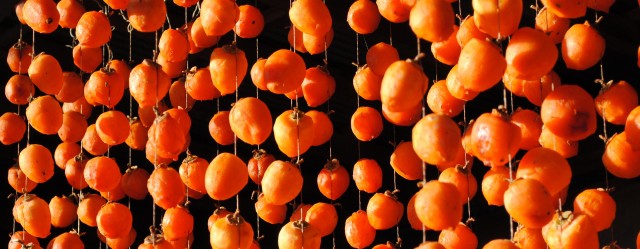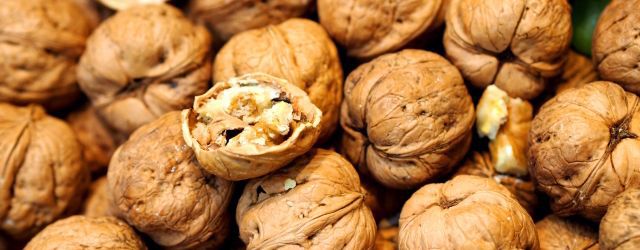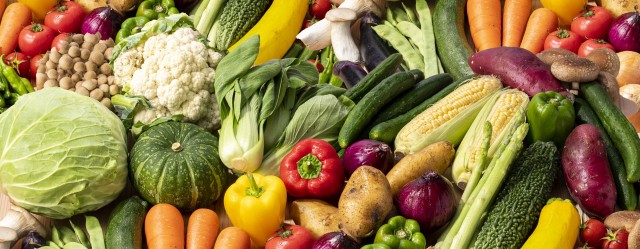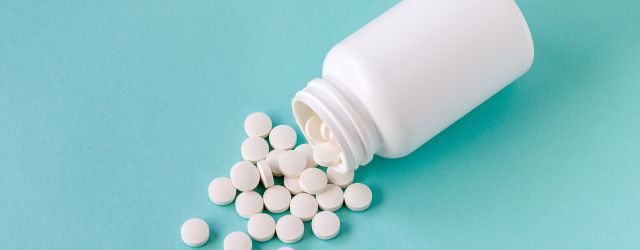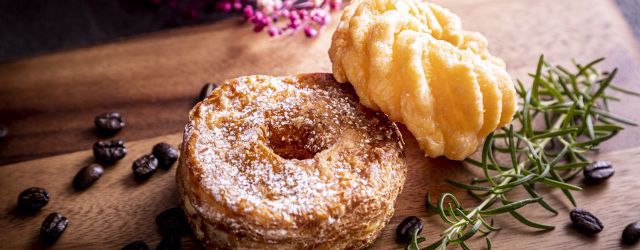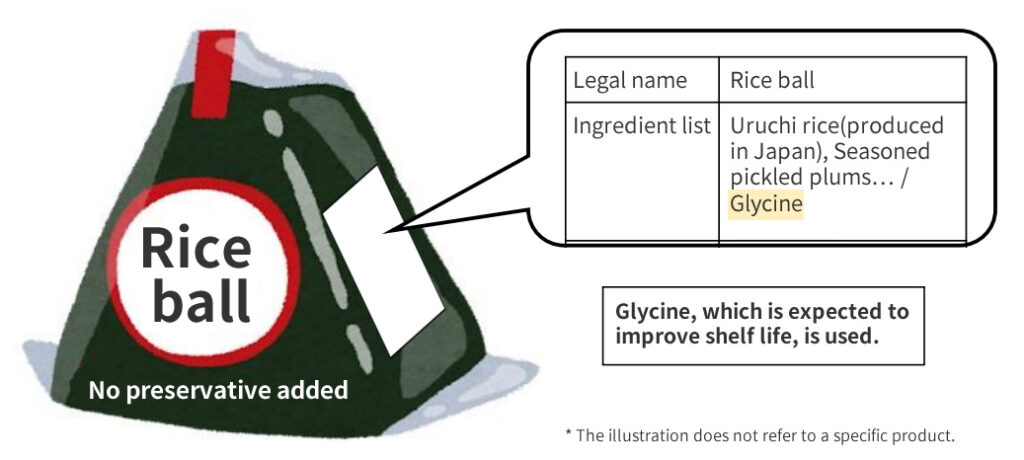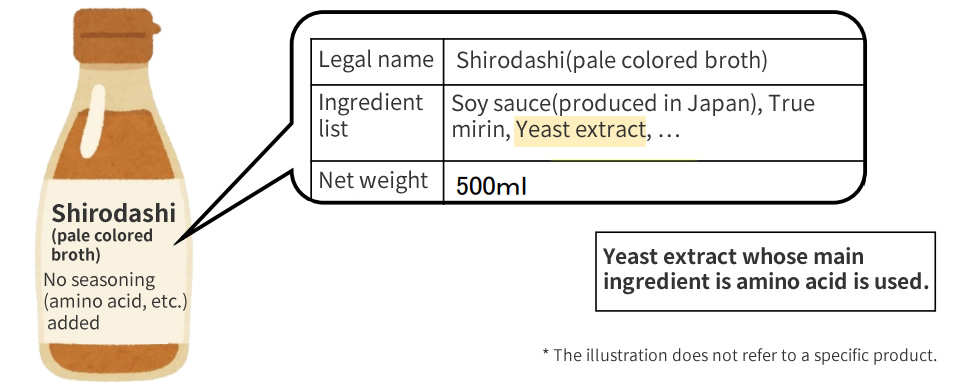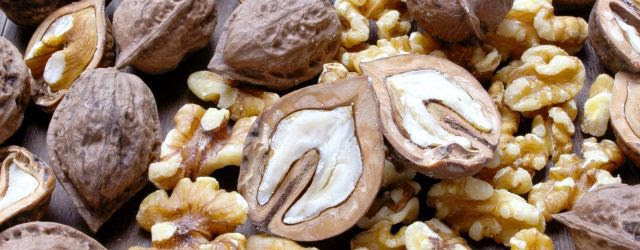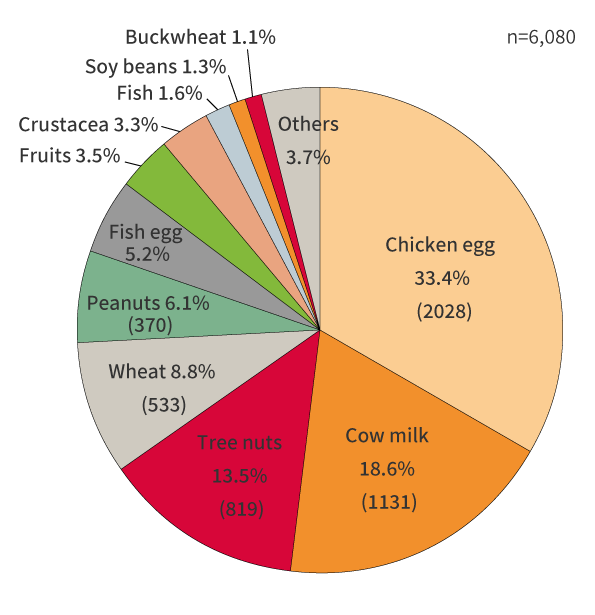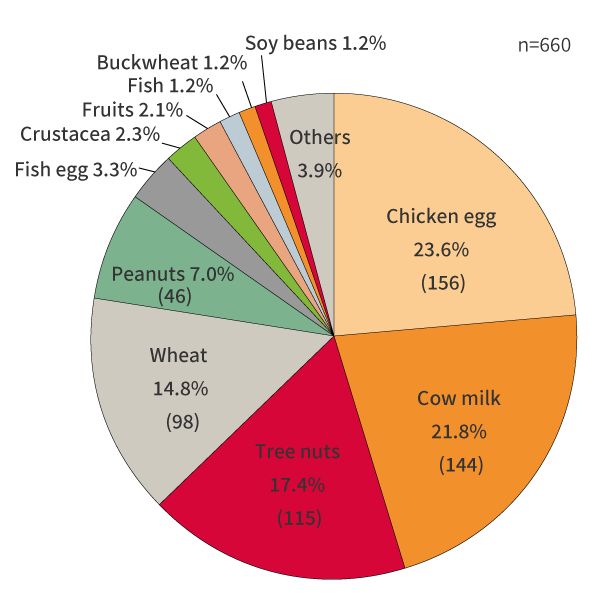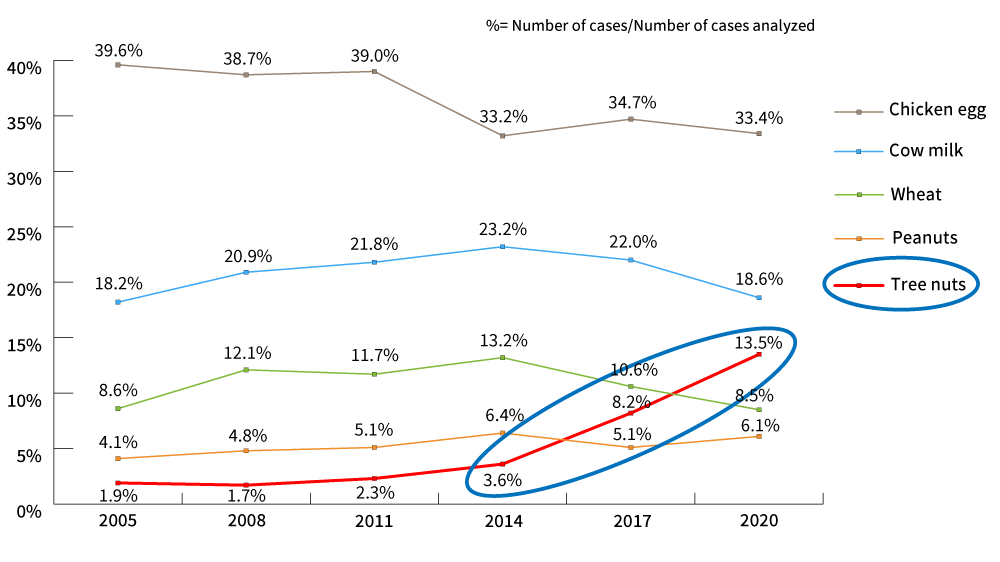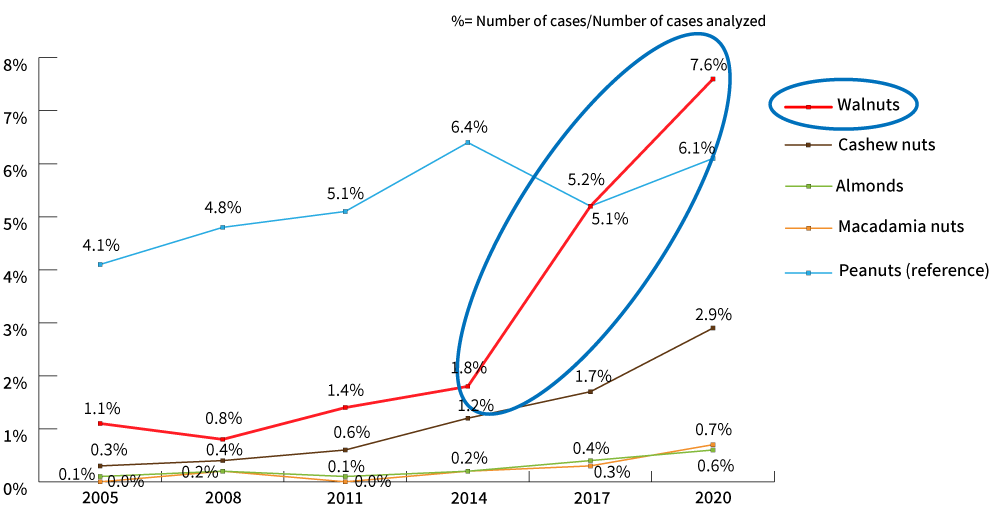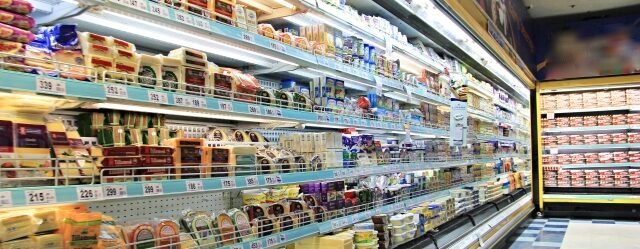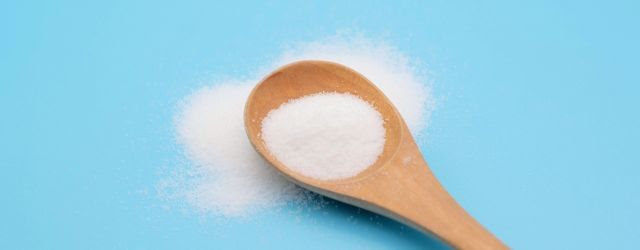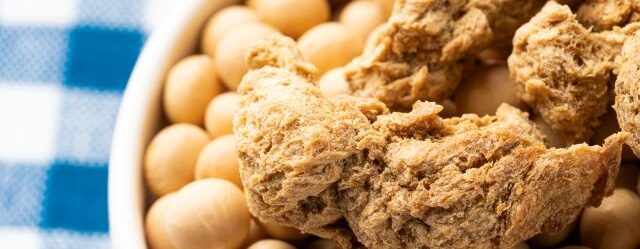
On December 13, 2022, a report was submitted in response to a proposal for partial revision of Food Labeling Standards (such as mandatory allergen labeling for walnuts). According to the report, the transitional period from recommended to mandatory allergen labeling for walnuts is March 31, 2025. The partial revision is expected to be promulgated and enforced in the near future. Taking this opportunity, I would like to summarize incoming (and some of recently completed) revisions of the food labeling system and the transitional measures period for the next few years.
Transitional measures period for each revision
The following is a summary of major revisions and their transitional measures including the ones for several years in the past as well as future plans. Some of them have already passed their period of transition, and for some there is not much time left. I would like to summarize them here for your review.
| Main revisions | (Transitional Measures) |
|---|---|
| New labeling for countries of origin of ingredients | The transitional period ended at the end of March 2022 (ended). |
| Labeling of additives (removal of the terms, “Artificial” and “Synthetic”) | The transitional period ended at the end of March 2022 (ended). |
| “non-GM” labeling | The transitional period will end at the end of March 2023 |
| The guideline of ‘non-use’ labeling of additives (e.g. “No preservatives used”) | The transitional period will end at the end of March 2024 |
| Mandatory allergen labelling for walnuts | The transitional period will end at the end of March 2025 |
The partial revision of Food Labeling Standards reported on December 13, 2022, also includes the addition of rapeseed producing EPA and DHA to the list of specified genetically modified agricultural products. In addition, in December 2022, “Matters to be Noted relating to Health Foods under the Act against Unjustifiable Premiums and Misleading Representations and the Health Promotion Act” was revised.
“non-GM” labeling
The following two revisions were made in April 2019.
The requirements for a “non-genetically modified” labeling will be made stricter, from their current state (i.e. “a rate of unintentional presence of genetically modified soybeans and corn should be equal to or lower than 5%”), to “not detected.”
The case where the contamination rate is 5% or less, voluntary labeling indicating separate production and management is appropriately implemented is allowed.
The revision was made to avoid misleading, based on the opinion that allowing the labeling of “non-GM” on a product with a maximum contamination rate of 5% is misleading.
The main point to note from the revision is that, from April 1, 2023, “non-GM” labeling will be allowed only for soybeans, corn, and processed foods (made from these agricultural products as ingredients) that have been properly sorted and controlled for distribution and are found to be free of the ones genetically modified.
For example, some products (already on the market) containing soybeans (of which separate production and distribution management is properly implemented) have changed their labeling from “Soybeans (non-genetically modified)” to “Soybeans (separate production and distribution management implemented)” or “Soybeans (preventative measures for GM presence taken)” and so on.
The guideline of ‘non-use’ labeling of additives
In March 2022, 10 types of ‘non-use’ labeling of additives to be noted were published.
Type 1: Mere “not added” labeling
Type 2: Labeling terms not stipulated in Food Labeling Standards
Type 3: Labeling on foods with use of additives not permitted by the regulation
Type 4: Labeling on foods with food additives having same function / similar function
Type 5: Labeling on foods with ingredients having same function / similar function
Type 6: Labeling associating with health and safety
Type 7: Labeling associating with something other than health and safety
Type 8: Labeling on foods with use of additives not expected
Type 9 Labeling on food with a processing aid or carry-over (or cannot be confirmed not to be used)Type 10: Excessive claims
Based on the current ambiguous Food Labeling Standards Q&A, some business operators voluntarily put labels such as “XXX-free”. This is probably one of the reasons why some consumers do not understand labels such as “XXX-free” clearly, which was found in the consumer intention survey. Such situation led to establishment of the guideline.
The main point to note according to the guidelines is that the cases where the ‘non-use’ labeling of additives falls under the prohibited labeling items arise not only from being true for the example of each type items directly but also depending on various aspects of the product as a whole such as its property.
In June 2022, the Consumer Affairs Agency published “Educational Flyers and Posters” (with some revisions) and “Illustrations for 10 type items” as supplementary information to the Guidelines, which may also be referred to.
Mandatory allergen labelling for walnuts
Walnuts are to be added to Appended Table 14 (the list of mandatory allergen labeling items) under the partial revision of Food Labeling Standards reported on December 13, 2022.
| Appended Table 14 (before the revision) | Appended Table 14 (after the revision) |
|---|---|
| Shrimp Crab Wheat Soba (Japanese buckwheat noodle) Egg Milk Peanuts |
Shrimp Crab Walnut Wheat Soba (Japanese buckwheat noodle) Egg Milk Peanuts |
The revision was made in response to the 2018 Report on the Survey on food labeling regarding food allergy. The report revealed there has been a significant increase in health hazards caused by immediate-type allergies to nuts, particularly walnuts.
The number of cases has been increasing even more in the subsequent survey conducted in 2021.
| Substance that causes allergy | Classification | Fiscal 2012 | Fiscal 2015 | Fiscal 2018 | Fiscal 2021 |
|---|---|---|---|---|---|
| Walnut | Number of immediate allergy cases | 40 | 74 | 251 | 463 |
| Number of shock cases | 4 | 7 | 42 | 58 |
The above is a summary of some of the current revisions to the food labeling system and their transitional measures. Particularly, because of the background mentioned above regarding the allergen, “walnut”, Products containing “walnut” but only labeling the current 7 mandatory allergen labeling items would need immediate actions to ensure the compliance of their labels with the new standards.
In the future, we will ensure to any new revision information on food labeling in this column.
Reference
Report (regarding partial revision of Food Labeling Standards) (Japan)
Share/Like/Follow:
Newsletter Signup
We issue monthly e-newsletters, which provide you with the latest updates on food labeling/regulations in Japan.
If you want to make sure to not miss any issue, please click below.
Related Service
Research Services on Ingredients & Food Labeling -For the Japanese Market-
We verify the conformity of ingredients and additives with the standards for use in Japan based on specifications such as formulation lists. We also verify the conformity of the proposed labeling of ingredient names, nutrients, etc. with the labeling standards based on specifications such as formulation lists.

Label bank Co., Ltd. CEO (Founder)
Born in Japan. Working on solving various issues related to food labeling operations. Also regularly gives lectures for various organizations in Japan.
Co-author of ‘Latest edition: Guide book Food Labeling Law and related business practical points – from scratch (Japanese version only)’ (DAI-ICHI HOKI CO., LTD/2019).


